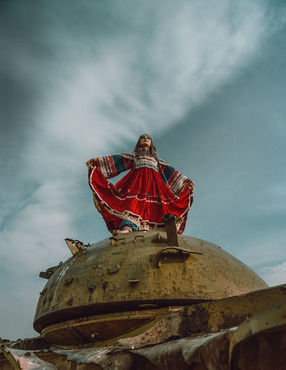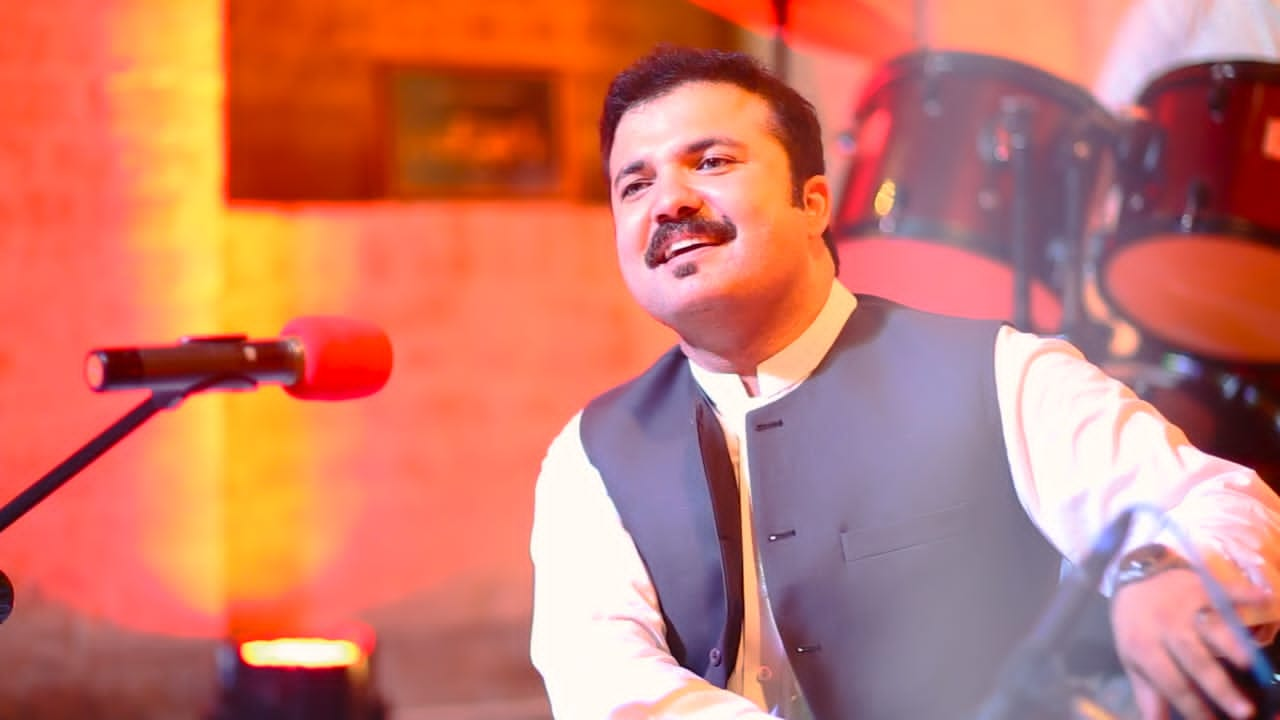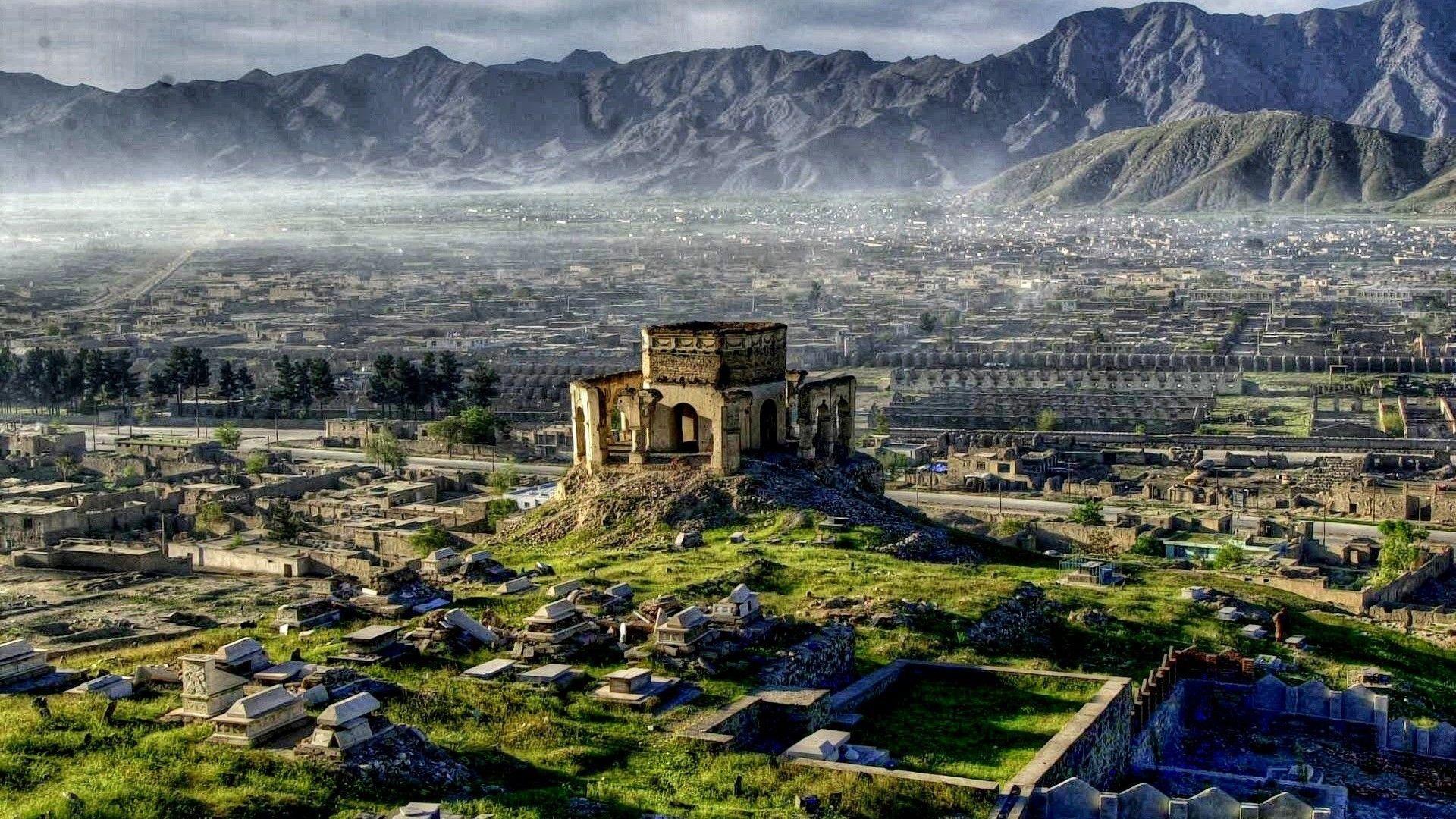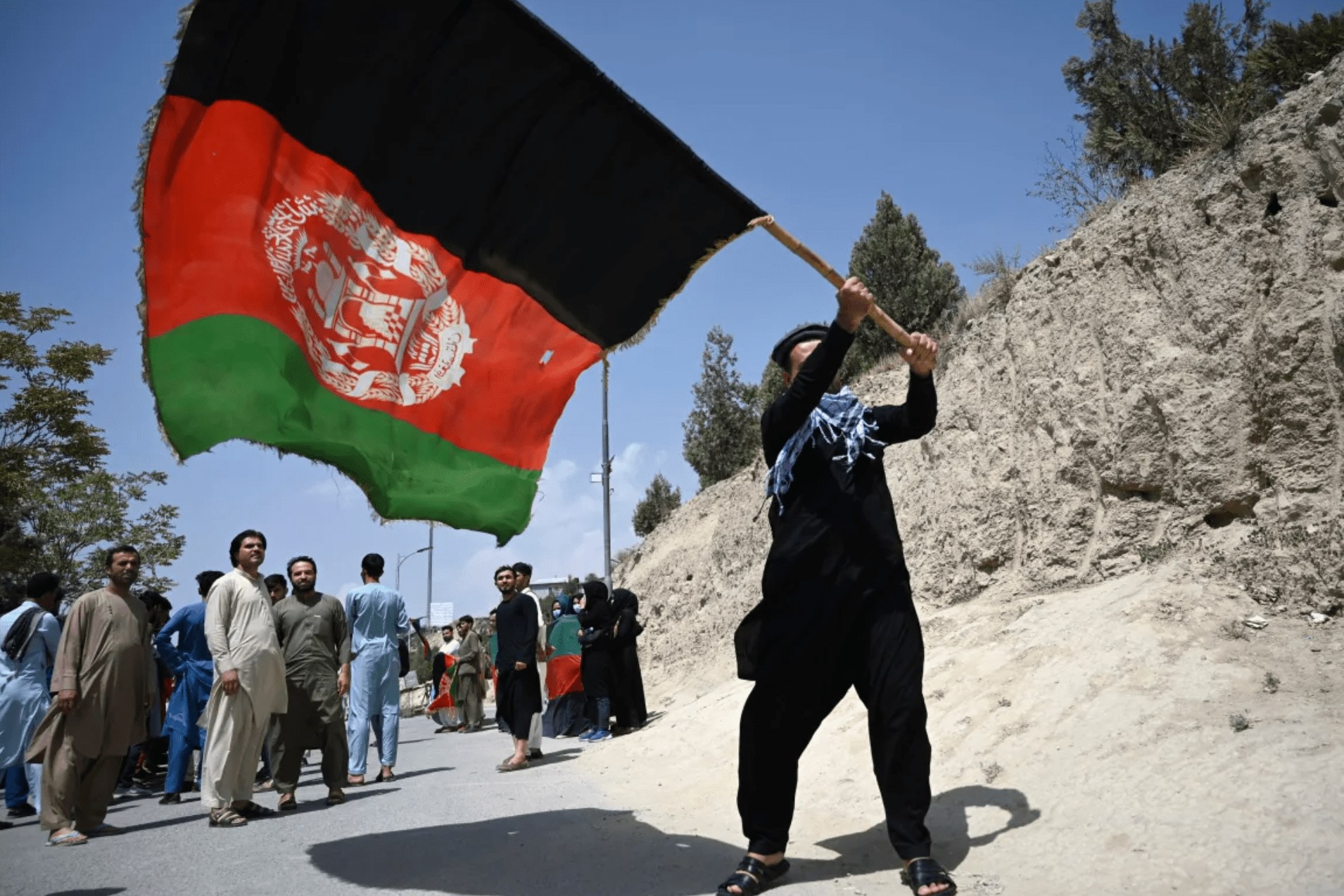Rulers of Yesteryear, Slaves of Tomorrow? Are the Uncolonizable Afghans Finally Colonized?

For millennia now, Afghanistan, deemed as "the graveyard of empires" by both the world and Afghans themselves, has been held to a position of nonconformity and self-governance, yet recent historical developments in the region point towards a truth that may not validate that conclusion. When the Taliban regime took over Afghanistan in the 90s, they immediately passed a set of "social reforms" that banned Afghan women from going to school, wearing their traditional clothing, and participating in the country's civil society. Similarly, activities that promoted native Afghan art like music were also banned. This narrow and extreme interpretation of Islam was instilled in the Taliban due to the Pakistani government's funding of Madrasas between communities of Afghan refugees escaping the Soviet invasion. This interpretation of Islam, not native to the afghan culture, also points towards a growing influence of Pakistani and Arab culture in Afghanistan through a radical terrorist organization.
For most of the 20th century, the women in Afghanistan had a higher degree of autonomy over their clothing. Seeing women wearing knee-short skirts without a hijab walking past another woman wearing the burqa in Kabul was nothing more than a Wednesday afternoon. Similarly, the arts in Afghanistan were thriving. Ahmad Zahir, one of Afghanistan's most prominent singers, was renowned across most of the Persian-speaking world, stretching from Turkey to Tajikistan. Kabul, considered the Paris of Central Asia for its natural beauty, was also a stop on the hippie trail during the 1960s. Women would attend Kabul university with their male counterparts, and the art center at Kabul university was a thriving spot for musicians. While a significant portion of the country lived in rural areas and had more conservative views, the laws in the country were filled with democratic and progressive reforms.
However, most of these reforms started to erode when the chaos from the Soviet Union's expansion to Afghanistan ensued. Soon after the Soviet Union invaded Afghanistan, groups of loosely aligned opposition fighters came together and formed the Mujahideens, a group of fighters that claimed to fight foreign invaders. The Mujahideens were mostly funded by the U.S., Qatar, Saudi Arabia, and Pakistan. They were at times trained in refugee camps across Pakistan by Arabs and foreign Muslim volunteers aligned with radical Islamic terrorist organizations who later were called "Afghan Arabs." Many Afghan refugees were also radicalized in Wahhabi Madrassas, funded mainly by the Saudi government. Eventually, in 1989, the soviet union pulled out of Afghanistan and left behind a power vacuum. The different factions of the Mujahideens could not form a government and instead started a civil war that killed thousands of civilians in the capital Kabul. After years of chaos, Mullah Omar, with his army called the Talibs (Pashto word for students), referring to how most of the men grew up in refugee camps in Pakistan and attended radical Islamic groups, gained control of the country and immediately formed an ultra-conservative government.
During these last 20 years of conflict, millions of afghans were displaced, and the Afghan elite, once controlling the government and the country, had all fled to the West. For the next five years, however, Afghans experienced extreme poverty and strict laws that stripped them of their culture and way of life. Instead, due to mass migrations back into the country from Pakistan, a new way of life was common ground: one that resembled Saudi Arabia and Qatar more than Afghanistan before the Soviet invasion. While there were some oppositions to the Taliban's violent cultural erasure, the West did not take it seriously until 9/11. Even then, it fell apart barely weeks after the Americans pulled out due to extreme corruption and lack of public support.
Afghanistan's rich and historical culture represents our values as people and should be the guiding light towards building our future. Afghan women have worn hand-woven dresses embroidered with colorful jewelry from its mountains for centuries and have done so with pride. Similarly, Afghans historically have been the pioneers of both the art world and the educational world in the region. Mawlana and Rabia Balkhi's poems about love, god, and the Afghan culture have been recited from far stretches of the West to the East. Scientific advances by Afghans like Abdul Ahad Mohmand and Jamaluddin Afghani in the region are yet another example of Afghan culture's emphasis on education. Forcing a Burqa on women, restricting half of the population from schooling, and disconnecting Afghans from the rest of the world is anything but Afghan.
While Afghanistan may have long been considered "the graveyard of empires" and one of the few countries not colonized by the West, it has very much given into Arab culture, as recently evidenced by the Taliban's purposeful erasure of Afghanistan's native culture and replacing it with an extreme ideology. The Afghan people need to stand against not only this blatant erasure of their culture but also the Qatari-supported Taliban, who are enforcing a cultural norm that is not native to Afghanistan. It is also essential for Afghans to study their own culture and to help preserve it--especially in a world that demands its erasure.
- 2022 Aug - 03







